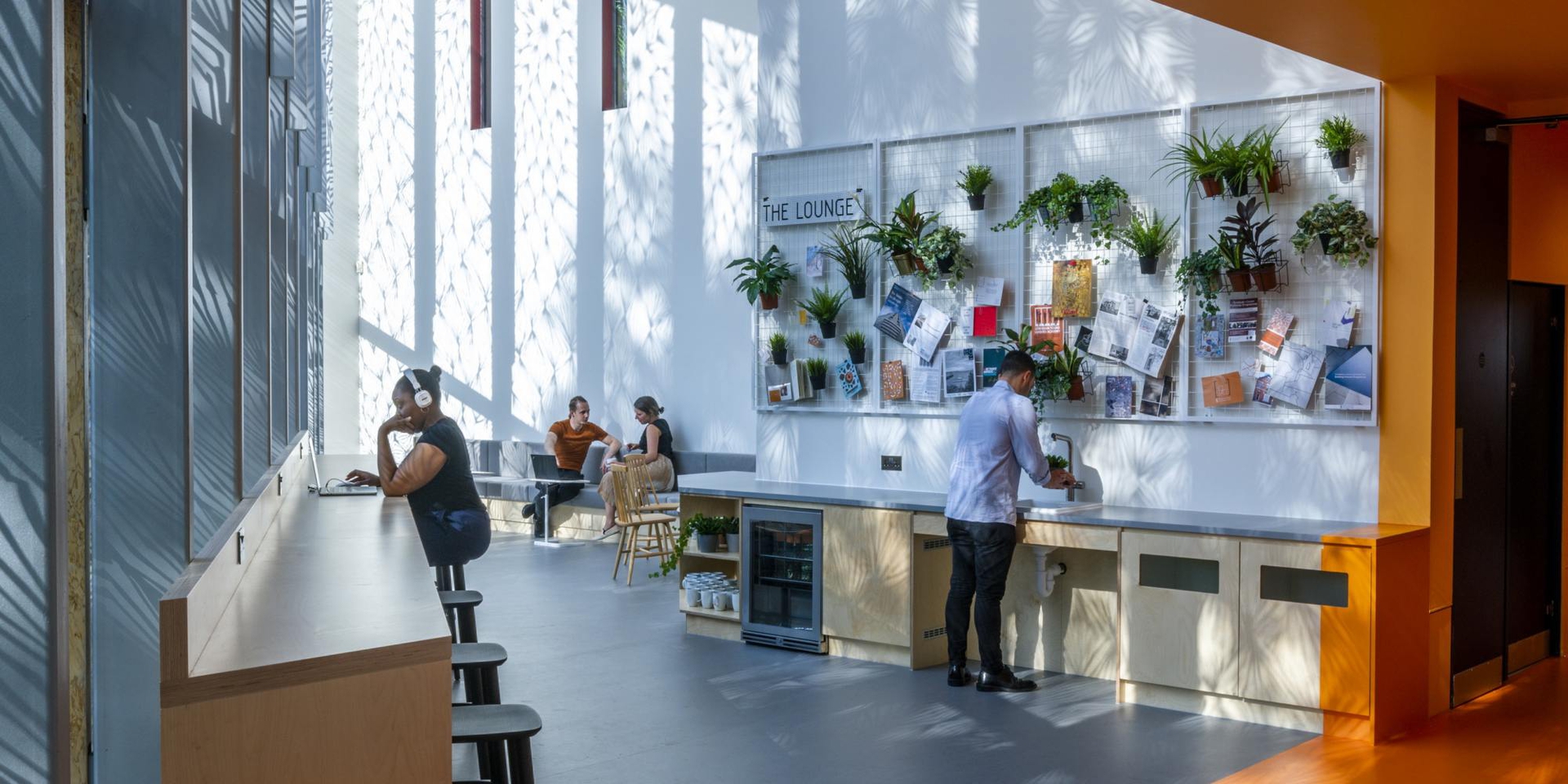
How Workplace Design Helps Businesses Meet Their ESG Goals
Activities that aim to improve sustainability, support the local community and create strong corporate governance were once a unique selling point for corporations, with those who engaged in these activities reaping the benefits through PR, awards and investment, but now Environmental, social and Governance (ESG), has become more than a tick-box exercise for most businesses.
Previously, a strong ESG stance was purely financially motivated, with 85% of investors considering ESG factors in their investments in 2020. While today banks and investors continue to apply ESG criteria to identify growth opportunities and evaluate risk, the rise of the socially conscious consumer, employee and society in general has skyrocketed ESG up the business agenda.
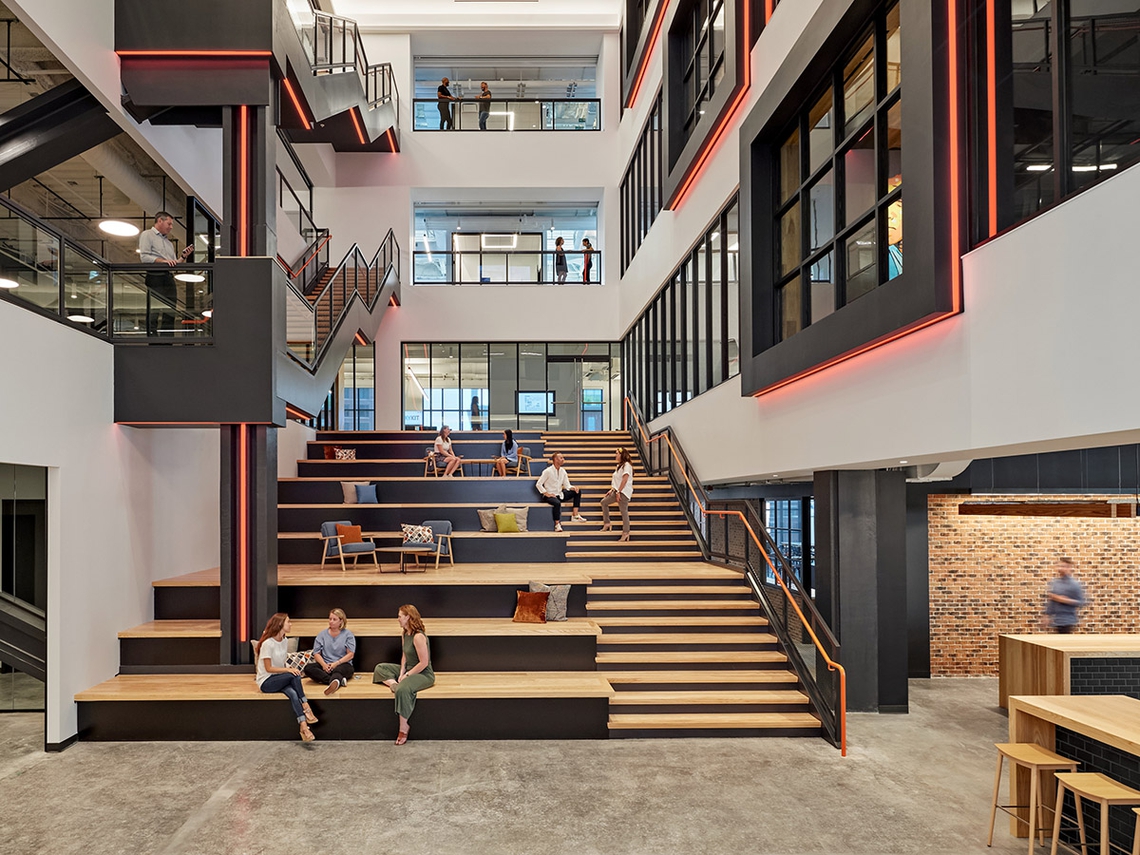
According to a survey by Accenture, 62% of consumers globally want companies to take a stand on social, environmental, cultural, or political issues, and 42% have stopped doing business with a company due to its actions (or lack thereof). This collective shift in values can also be seen in the rise of Corporate Social Responsibility (CSR) initiatives which link closely to ESG and have similar impacts on a business’ success.
Companies that prioritise ESG policies are likely to experience benefits such as improved financial performance, increased customer loyalty, higher employee productivity and retention, to name just a few. So how can businesses utilise workplace design to strengthen their ESG agenda? In this blog we’ll discuss.

Designing for Environmental Impact
Not only are more people becoming environmentally conscious and greater legal requirements driving businesses to reduce their carbon footprints, but financial implications in a volatile economic landscape are strengthening the corporate sustainability agenda.
Sustainable design principles are great tools to help businesses become greener and reduce costs, and an energy-efficient workplace with technologies such as LED lighting and smart thermostats can significantly reduce energy consumption. Businesses can reduce waste by implementing recycling programs and composting, saving money and reducing the number of materials that need to be purchased.
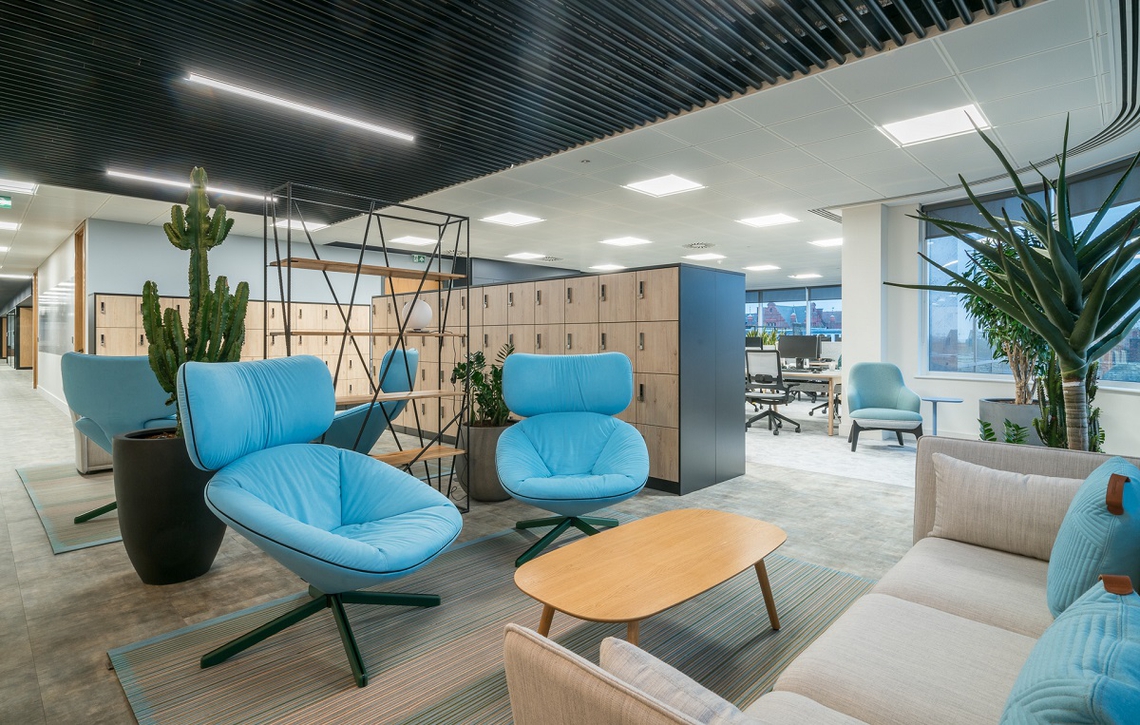
Flexible and hybrid working helps to reduce environmental impact, by saving on commuting costs and pollution. Workspaces with air filtration systems or those that encourage the flow of natural lighting, such as Crown Commercial Services’ Liverpool offices can improve employee productivity and reduce absenteeism, saving money on employee costs.
Additionally, the furniture used to create a workplace of the future matters. Embodied carbon in the built environment accounts for a large chunk of a company’s carbon footprint and using materials and furniture made sustainably can have a great environmental impact.
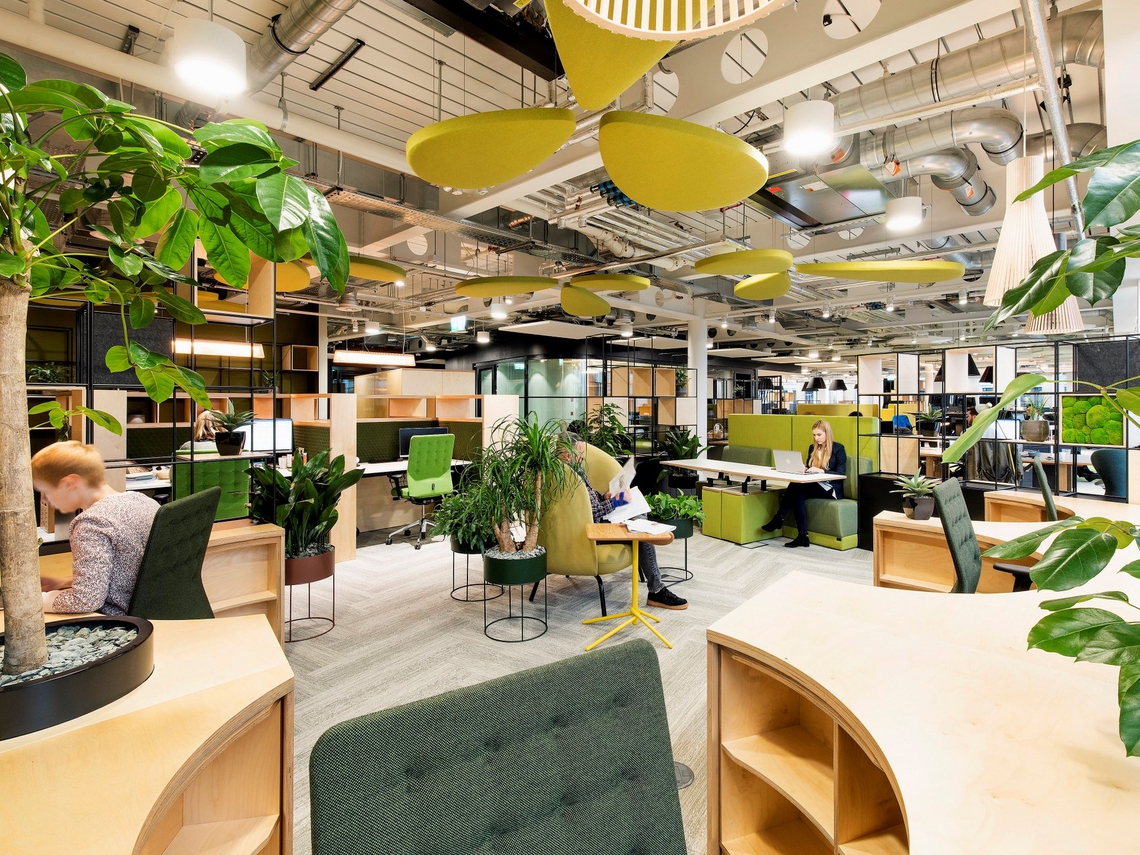
Designing for Social Impact
Within the workspace, being sustainable is no longer just about reducing your carbon footprint, it now extends beyond the impact on the environment to a more holistic view, encompassing wellbeing, mental and physical health. This is in no small part due to a younger workforce influencing changing values.
The Deloitte Global 2022 Gen Z and Millennial Survey found that almost half of Gen Zs (48%) and millennials (43%) say they have put some pressure on their employer to take action. Those who are the most vocal on this issue, and feel their employers are listening and incorporating their feedback, are also more loyal. As ESG policies often include initiatives to improve workplace culture and increase diversity and inclusivity, employees are more likely to feel supported, be more engaged and productive at work.
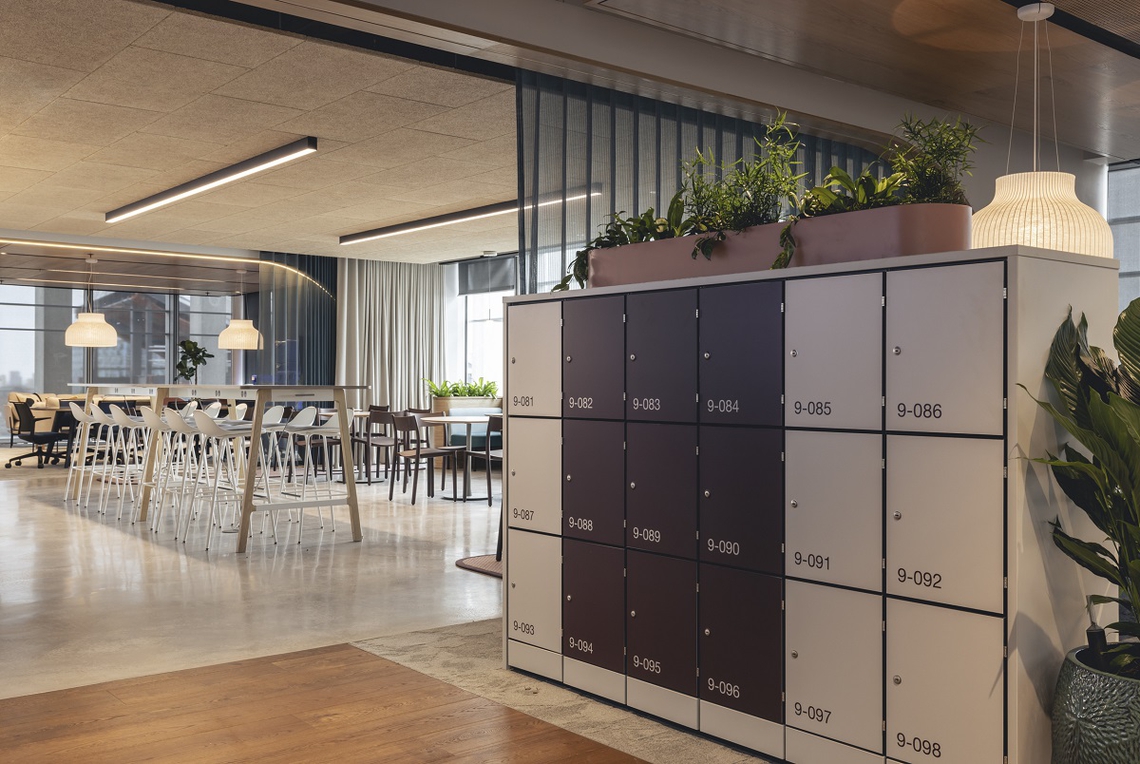
When designing for a conscious workforce, it’s important to ensure an empathetic design that prioritises the employee experience. Although there are a variety of ways to do this, creating a truly flexible workspace that allows employees to work in a way that suits them, biophilic design principles and community-centric workplace cultures support employee’s physical and mental health.
At a policy level, companies can also promote social responsibility by providing opportunities for employees to engage in volunteer work or community service. Co-working spaces, zones for socialising and collaboration are just some ways that workspace design can help to facilitate this culture.
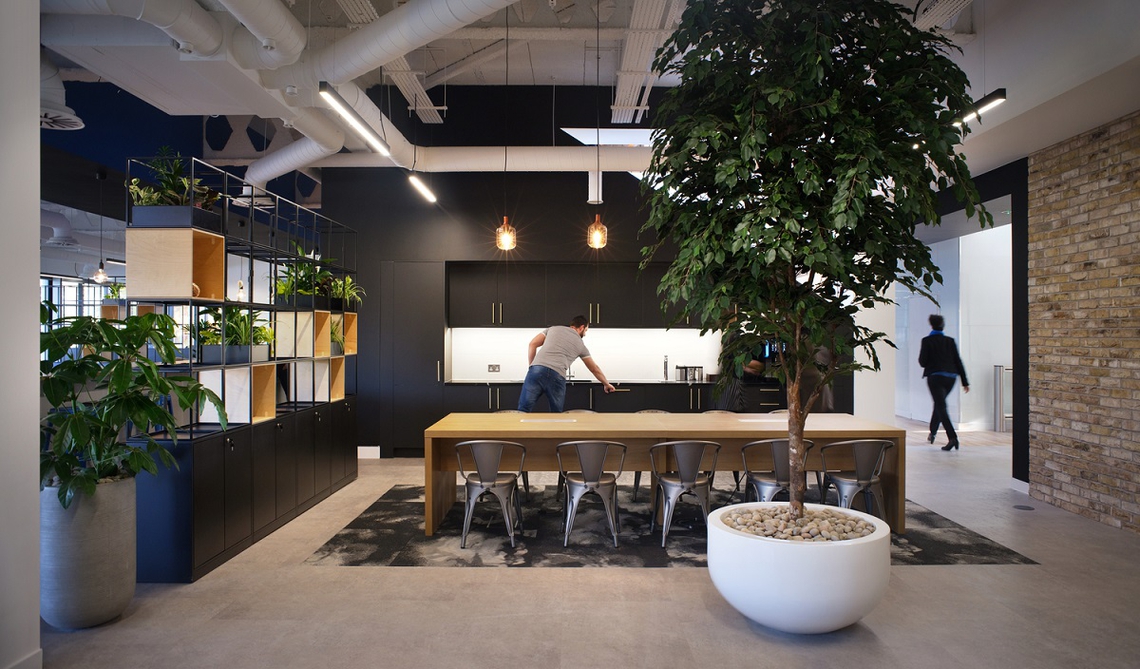
Designing for Governance
Companies must have strong governance structures in place to demonstrate that they are operating in a responsible and ethical manner. Companies with strong ESG policies are less likely to experience costly legal and regulatory issues, and are better able to manage risks such as supply chain disruptions, reputational damage, and cyber security breaches. Workplace design can help promote good governance by creating a workspace that encourages transparency, accountability and ethical behaviour.
For example, companies can promote good governance by creating a workspace that allows for open communication and collaboration. This can include providing spaces for employees to gather and share ideas, as well as providing opportunities for feedback and input.
Another way to promote good governance is to design a workspace that encourages ethical behaviour through providing clear guidelines for ethical behaviour, as well as ensuring that employees are aware of the company’s values and mission. Companies can also promote good governance by creating a workspace that prioritises security and protects sensitive information.
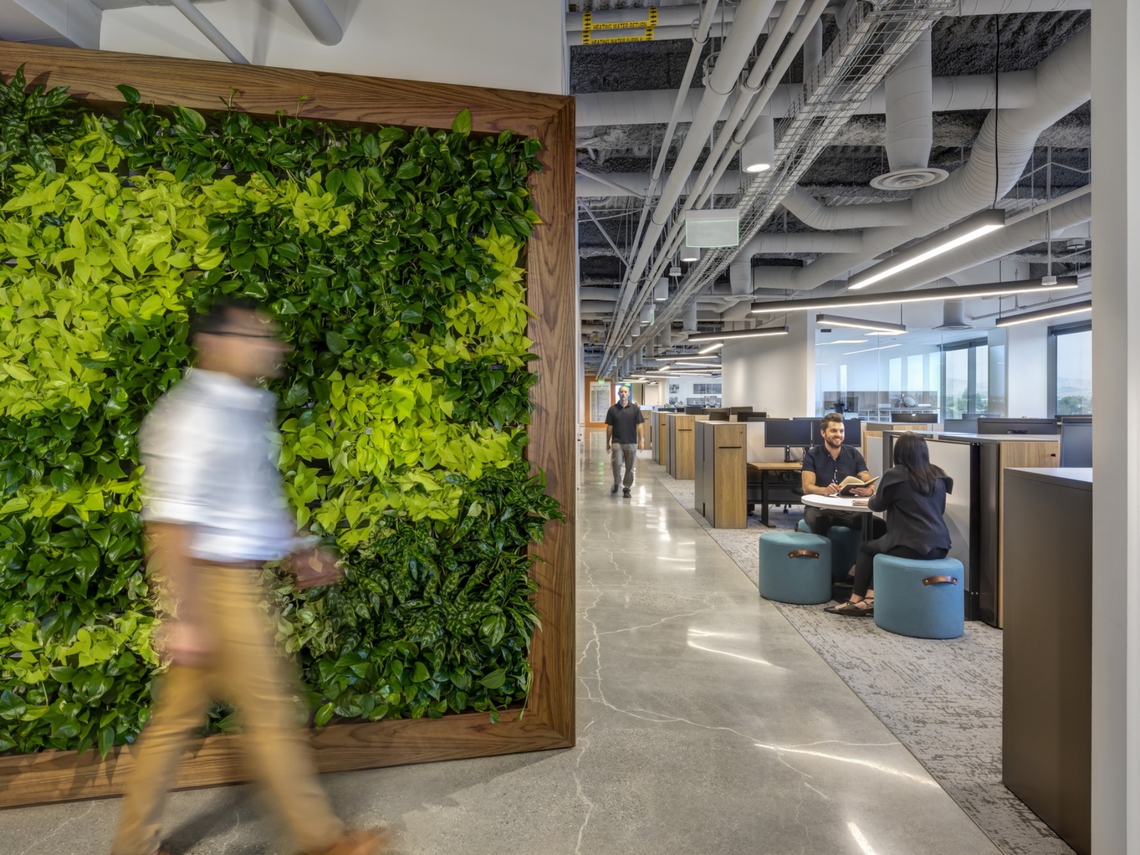
Workplace design is an important aspect of ESG that can have a significant impact on a company’s success. By promoting environmental sustainability, social responsibility, and good governance, companies can create a workspace that is not only attractive and comfortable for employees but also allows companies to improve their reputation, attract top talent, and contribute to a better world.



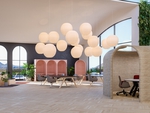

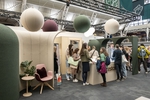
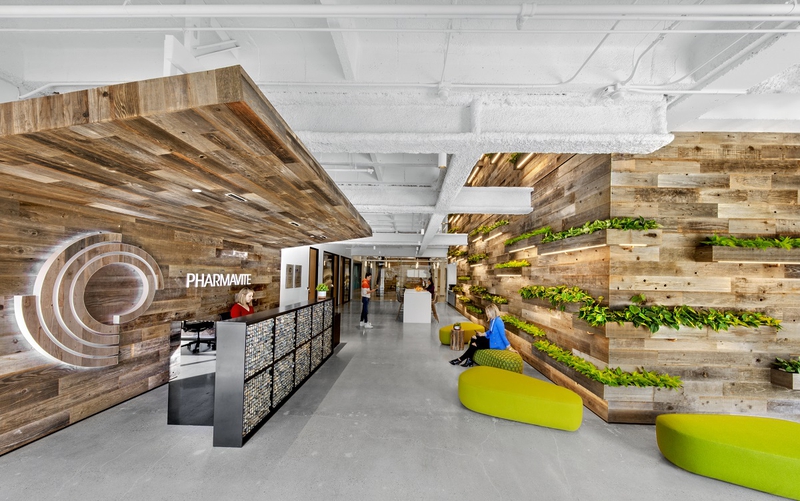
A striking space featuring a mix of geometric design, natural woods and biophilia, dark lines and bright color
SCIENCES
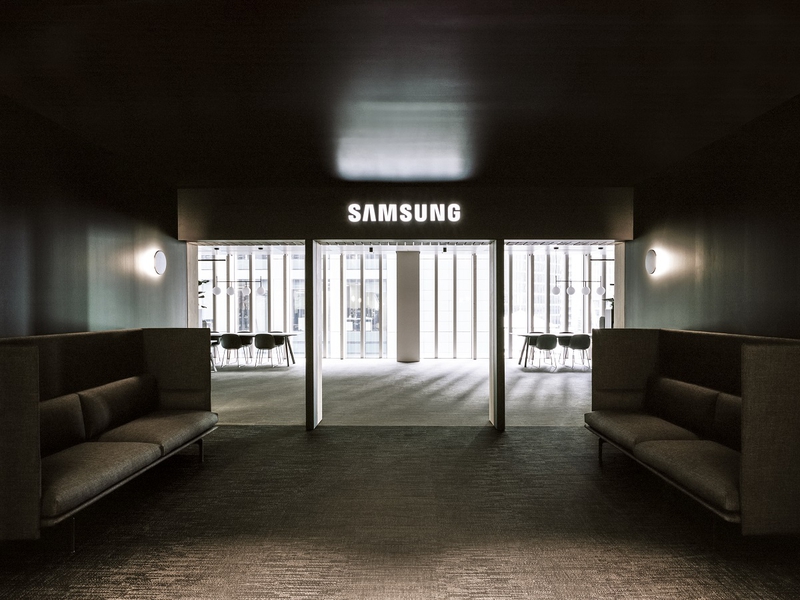
Pared back, content design that paves the way for Samsung’s hybrid, innovative and flexible workforce to build the worl…
TECHNOLOGY & IT

Smaller in size only, this workplace is a biophilic masterpiece with a focus on wellbeing, employee synergy and superio…
TECHNOLOGY & IT